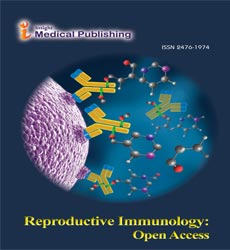Abstract
TRENDS of Antimicrobial Resistance in Gram NEGATIVE ISOLATES from a 37 bed ICU of a tertiary care Hospital in Mumbai, India over 3 year period
Introduction. Antibiotic / Antimicrobial resistance is the ability of microbes to resist the effects of drugs i:e the germs are not killed, and growth not stopped. Infections with resistant organisms are difficult to treat, requiring costly and toxic alternatives. We lived with arrogant optimism that we had conquered infections, at least the bacterial infections, if not the viruses. Bacteria have finally reclaimed their premier status and superiority and won the war against humans. They are literally mocking our intellect, knowledge, and antibiotic weaponry. Methods. All ICU isolates were obtained from a range of clinical samples(urine, pus, blood,sputum, BAL,tracheal secretions). Patients were evaluated for sensitivity patterns by the Vitek-2 compact from BIOMERIEUX as per CLSI .The isolates were studied on the basis of site of infection , clinical signs and symptoms and antimicrobial resistance pattern. Results. Total clinical samples ( from ICU) were screened =18567. 5491 (29.57 % ) were culture positive. Increased incidence of extended-spectrum β- lactamase (ESBL) almost = 80-90%. Escherichia coli and Klebsiella pneumonia has shown an increase in resistance to the tune of 80-90% from 2015-2017.Carbapenem Resistant Pseudomonas = 80%. Conclusions. We are at a crossroads in the fight against infection. If we fail to act, there is real risk of a return to the pre-antibiotic era with untreatable life-threatening infections. For change to stick every hospital has to REVAMP its CULTURE and PROCEDURES. That place is not just ZERO infections but ZERO TOLERANCE for non-compliance with proven PREVENTIVE MEASURES
Author(s):
Jain Sachin H
Abstract | Full-Text | PDF
Share this

Google scholar citation report
Citations : 237
Reproductive Immunology: Open Access received 237 citations as per google scholar report
Abstracted/Indexed in
- Google Scholar
- Sherpa Romeo
- China National Knowledge Infrastructure (CNKI)
- Secret Search Engine Labs
Open Access Journals
- Aquaculture & Veterinary Science
- Chemistry & Chemical Sciences
- Clinical Sciences
- Engineering
- General Science
- Genetics & Molecular Biology
- Health Care & Nursing
- Immunology & Microbiology
- Materials Science
- Mathematics & Physics
- Medical Sciences
- Neurology & Psychiatry
- Oncology & Cancer Science
- Pharmaceutical Sciences

